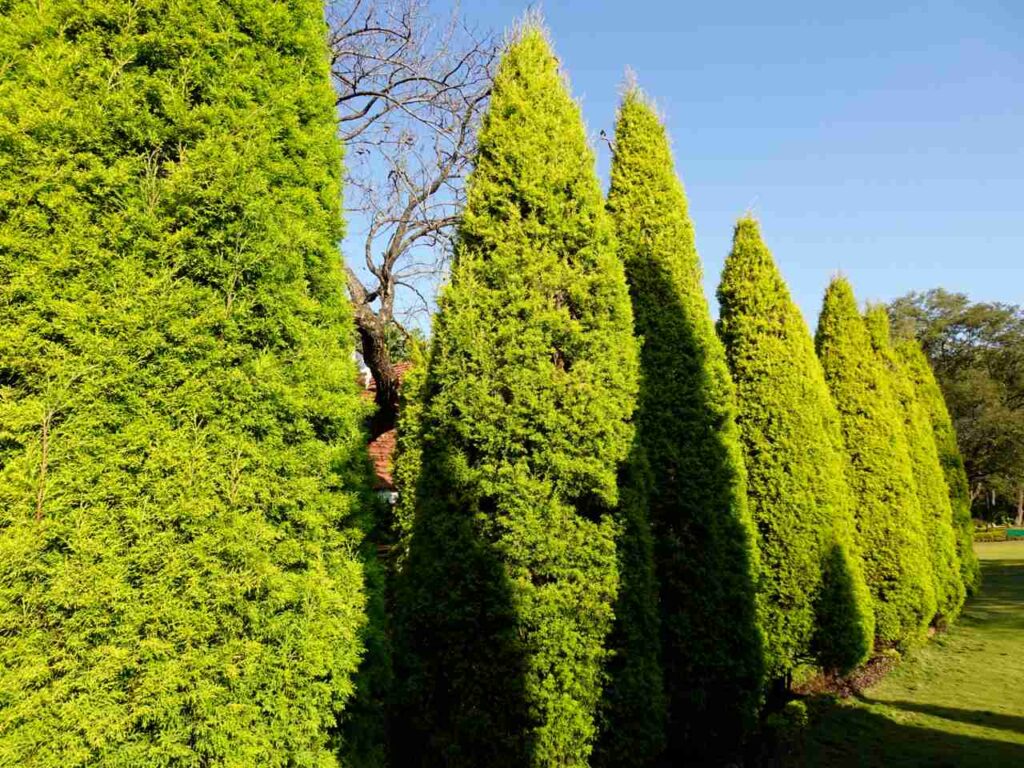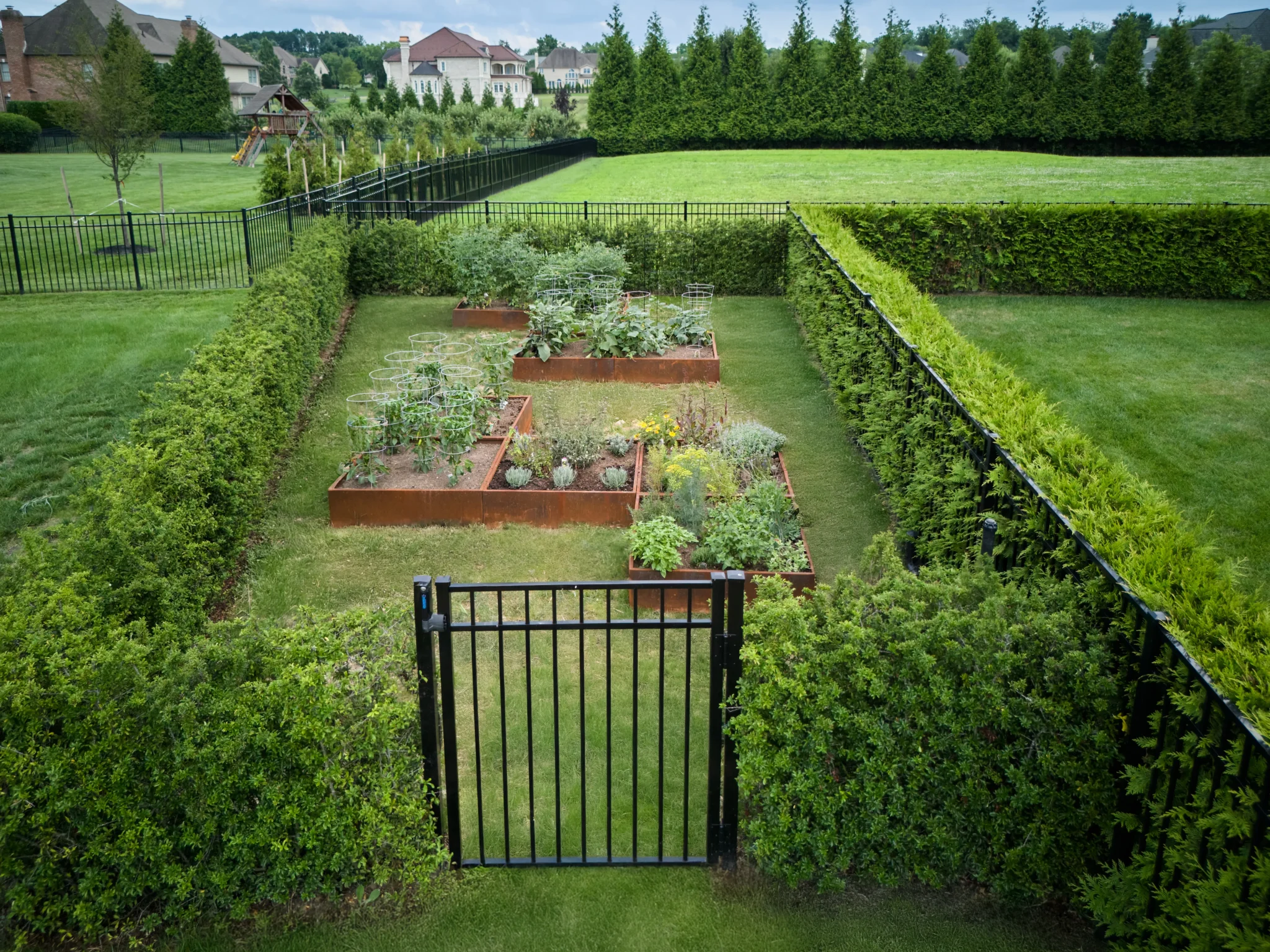As landscape designers, our job is to create spaces that are both aesthetically pleasing and functional, while taking into account the many variables that can affect a garden’s success. Over the past few months, however, we’ve noticed a troubling trend that we can no longer ignore: deer, which have always been a challenge in certain areas, are now eating plants they typically wouldn’t touch. And the culprit behind this shift? Extreme weather patterns—particularly the drought we experienced last summer and the bone-chilling cold of this past winter.
The Impact of Weather on Deer Behavior
Deer, like all animals, are influenced by their environment. They are opportunistic feeders, and their diets largely depend on what’s available to them in the wild. In the past, deer in our region have stuck to a diet of soft, young plants like hostas, daylilies, and ornamental grasses. Evergreen shrubs like boxwood or holly were usually safe from grazing, and larger, more mature shrubs, such as green giant arborvitae, were considered too tough and unappetizing for their palates.
But this past year has been different. The lingering drought of summer 2024 severely impacted the availability of natural food sources in the wild. Vegetation simply couldn’t grow as it usually does, and food became scarce for deer. This left them with little choice but to seek out new sources of sustenance in both forests and urban areas, including landscapes that I had previously designed to be deer-resistant.
When winter rolled around, things didn’t improve. The extreme cold meant that many natural food sources—bark, twigs, and shrubs—were frozen solid, leaving deer with fewer options for survival. While they’ve always been known to nibble on the occasional evergreen or woody shrub in the harshest conditions, their hunger drove them to explore plants that were once off-limits. That’s where the green giant arborvitae comes in.
Green Giant Arborvitae: A Surprising Target for Deer

The green giant arborvitae (Thuja standishii × plicata) is known for its resilience and fast growth, making it a popular choice for hedges, privacy screens, and windbreaks. It’s usually a deer-resistant evergreen, thanks to its aromatic foliage and dense, tightly packed needles. However, with the extreme weather conditions we’ve faced, I’ve noticed that these once “safe” plants have become a prime target for hungry deer.
What’s especially perplexing is that green giants have always been a deer deterrent in the past. Deer typically avoid them because the foliage is tougher and less palatable compared to other evergreens. But when food sources become scarce, even the most unlikely plants become a viable option for survival. In fact, we’ve heard reports that entire rows of green giant arborvitae have been stripped bare or severely pruned by deer in the past few months, a sight we would have never expected before.
Adapting to the Changing Landscape
If you have had issues in Bucks County, Pennsylvania with deer ravaging and ruining your landscapes like never before, we would love to help you to repair and replace the damage, and troubleshoot solutions to prevent this issue from happening again. There are many creative solutions, to, for example replace a destroyed hedge line, and we have been a reliable full-service landscape and hardscape provider for over a decade. Give us a call and we will clean that damage right up!




